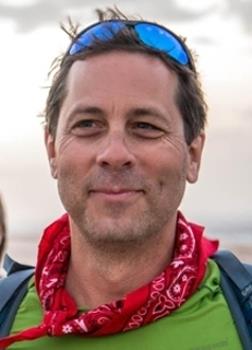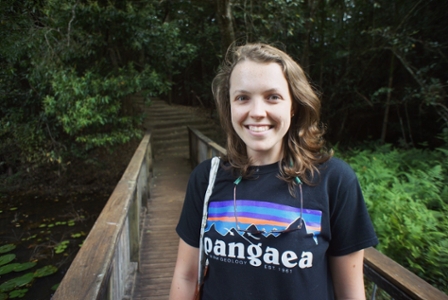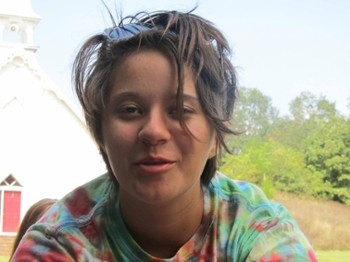Past Fellows 2017-19
English-Stonehouse Faculty

Chuck Bailey - Geology differs from many other sciences in that time and place are important, for example where and when a fault zone slips, generating a damaging earthquake, is valuable information. I am a structural geologist that studies the architecture of the Earth’s crust, and one of the mountain belts that I study is the Appalachians. Over the next year, W&M Geology majors Katherine ‘Katie’ Lang and Richard Watson will work to better constrain the timing of geologic events in the Appalachians. Katie will date when rocks in the Blue Ridge Mountains were metamorphosed and deformed - she’ll be examining three-dimensional exposures in the old Blue Ridge tunnel, a
Lisa Landino - Our laboratory studies the effect of reactive oxygen species on key brain proteins that have been linked to Alzheimer’s disease especially the cytoskeletal proteins, tubulin, tau and
In addition to damage and repair of cysteines in brain proteins, we also study
English-Stonehouse Student Fellows

Hope Duke
Hope is a junior geology major from Lutherville, Maryland. Hope’s research focuses on understanding the time and depth history of the Goochland Terrane in Central Virginia. She is interested in putting together a time-constrained model of exhumation for the terrane, while also understanding the kinematics of its deformation. Outside of research, Hope is the incoming president of the Geology Club, a confidential advocate at The Haven, and an active member of Alpha Phi Omega and the Young Democrats.
Hannah Naldrett
Hannah is a sophomore chemistry major from Manassas, Virginia. She is active on campus as the Vice President of William and Mary's ACS certified Chemistry Club and a member of the school’s Harry Potter club. She was also an Orientation Aide for the class of 2021 and is a W&M Scholars Undergraduate Research Experience (WMSURE)
Rachel Smith
Rachel is a junior neuroscience major with an Arabic minor from Lebanon, Pennsylvania. She has worked in Professor Landino’s lab since her sophomore
Kinsey Wilk 
Kinsey is a Geology major from Fort Valley, Virginia. Kinsey's research is focused on the Scottsville Basin which a part of the Mesozoic Basin chain that extends the length of the Eastern Coast of North America. She is working on creating exhumation and depth models of the basin using zircon double-dating. Outside of undergraduate research, Kinsey is the incoming Vice President of the Geology club, Secretary of WM's chapter of
 Skip to main content
Skip to main content
